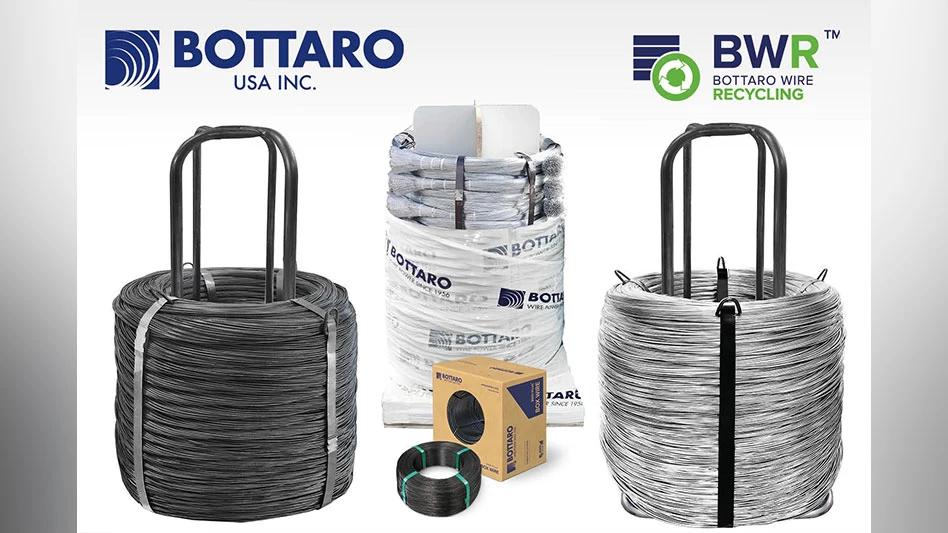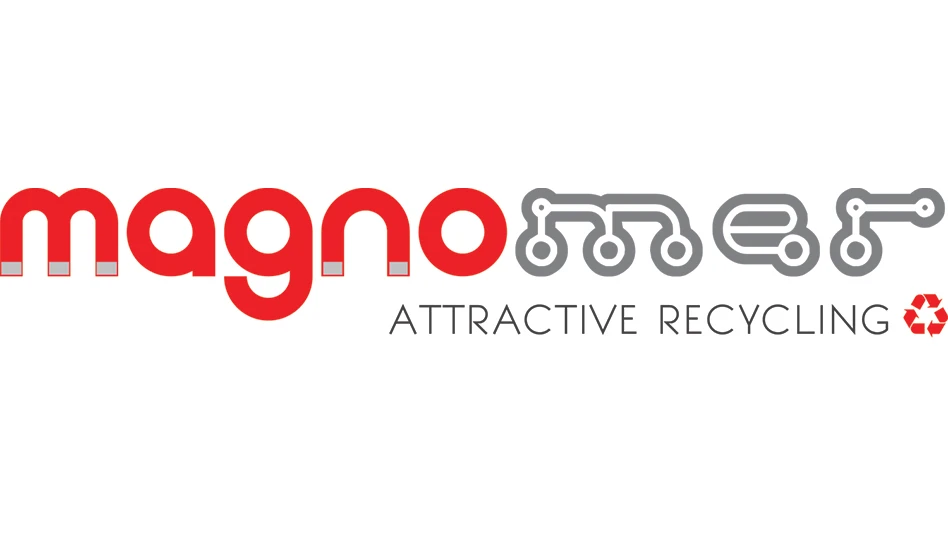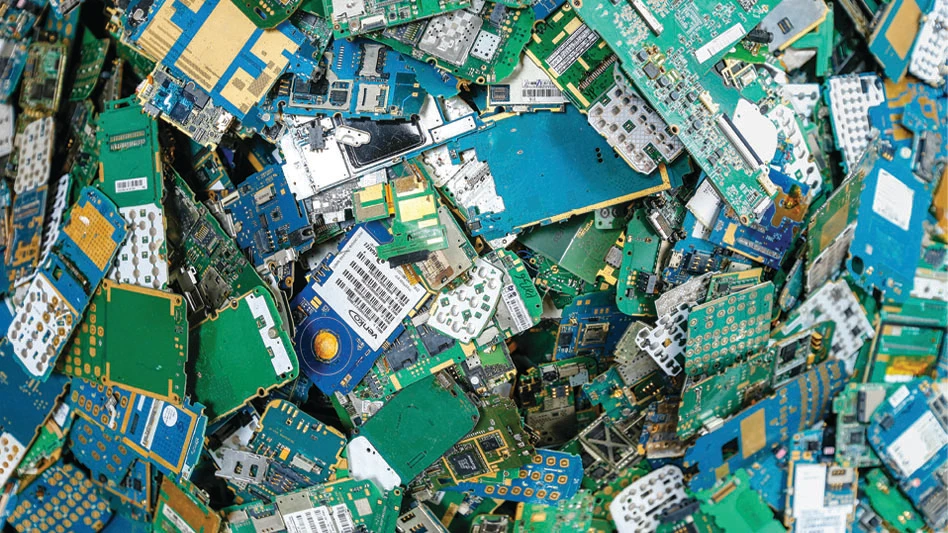
In an era where sustainability is at the forefront of global discussions, innovation in the recycling sector plays a crucial role. At the heart of this green revolution stands Bottaro, a company that has distinguished itself through excellence and innovation in the production of iron wire for recycling since 1956.
Among the offerings aimed at the world of recovery and recycling, BWR™Plus is a product that has been changing the way plants operate, making facilities more efficient, safe and sustainable.
BWR™Plus is packaged in coils of various sizes, but is also available as box wire and single loop bale ties for expanded materials.
What makes Bottaro's BWR™Plus wire so revolutionary in the sector?
Bottaro's legacy: Pioneering in recycling wire
The story of Bottaro is steeped in dedication and innovation. With more than six decades of experience, the company has refined the art of iron wire production, establishing itself as a benchmark in the recycling sector.
The company has maintained its leading position through a constant commitment to research and development, collaborating with industry associations and universities and a continuous investment in advanced technologies and sustainable practices that meet the needs of an ever-evolving market.
BWR™Plus: The choice for large recyclers
BWR™Plus is intended for companies with large consumption.
BWR™Plus represents the optimal solution for large plants, thanks to its unique characteristics:
- a diameter reduced by 10 percent compared to the classic BWR™;
- greater linear development, resulting in fewer coil replacements and reduced machine downtime; and
- increased mechanical performance, ensuring greater resistance during the compression process of recyclable materials.
These features make BWR™Plus the ideal choice for large-scale recycling operations, offering a solution that combines efficiency, sustainability and superior performance. Its high quality is demonstrated by the growing appreciation and success of BWR™Plus in Europe and North America.
Optimizing recycling processes with Bottaro Iron Wire
The use of BWR™Plus transforms the recycling process, improving operational efficiency and workplace safety.
Operators benefit from reduced machine downtime for wire changes and maintenance interventions, resulting in increased productivity.
When combined with advanced compaction technologies, the reduced diameter of the wire allows each Bottaro coil to contain a greater quantity of wire compared to a traditional coil of the same weight. Meaning it is possible to tie a greater number of bales with the same amount of wire.
The environment also benefits from more sustainable recycling practices. Reduced wire friction in the press causes a decrease in energy consumption and results in improved pollution levels produced by the plant.
Bottaro guarantees these results through unparalleled customer support, offering training and technical assistance to ensure that every customer can fully utilize the potential of its products.
Redefining recycling: Bottaro's commitment to sustainability
Bottaro's commitment to the recycling industry goes well beyond the production of high-quality iron wire. BWR™Plus demonstrates how the company puts technology at the forefront of a company’s efficiency, the quality of an operator’s work and the environment.
Bottaro is deeply dedicated to promoting sustainable recycling practices, offering solutions that improve recycling operations and contribute to the protection of our planet. With Bottaro, the future of recycling is more efficient, productive and green.
Latest from Recycling Today
- Haber raises $44M to expand to North America
- Canada Plastics Pact releases 2023-24 Impact Report
- Reconomy brands receive platinum ratings from EcoVadis
- Sortera Technologies ‘owning and operating’ aluminum sorting solutions
- IDTechEx sees electric-powered construction equipment growth
- Global steel output recedes in November
- Fitch Ratings sees reasons for steel optimism in 2025
- P+PB adds new board members





